Animal companions in Pathfinder 2e are loyal allies that enhance your character’s abilities, offering combat, utility, and emotional depth to your adventures. Available to druids, rangers, and champions, these companions are extensions of your character, with unique traits and advancements that scale with your level. Unlike other minions, they are deeply integrated into the game’s mechanics, providing strategic options and synergies that enrich your gameplay experience.
Overview of Animal Companions
Animal companions in Pathfinder 2e are loyal, trainable creatures that serve as trusted allies. They possess the animal and minion traits, allowing them to act as extensions of your character. When commanded, they gain 2 actions during your turn, enabling them to attack, move, or perform specific tasks. These companions scale with your character’s level, ensuring they remain relevant in combat and exploration. Available to druids, rangers, and champions, animal companions offer versatility, enhancing your party’s capabilities while providing emotional and strategic depth to your adventures.
Importance of Animal Companions in the Game
Animal companions are integral to Pathfinder 2e, offering versatility and depth to gameplay. They serve as extensions of your character, enhancing combat, utility, and exploration. By scaling with your level, they remain effective throughout your journey. These companions provide strategic options, emotional connections, and unique synergies, enriching your role-playing experience. Their ability to act autonomously adds layers to party dynamics, making them invaluable allies in both combat and non-combat scenarios.
Classes That Can Have Animal Companions
In Pathfinder 2e, three primary classes—Druids, Rangers, and Champions—gain access to animal companions. Druids acquire their companions at 1st level through the Animal Order, while Rangers gain theirs via the Hunt Prey ability. Champions, meanwhile, obtain their companions through specific feats. Each class integrates companions differently, with unique mechanics like the Druid’s Animal Companion feat or the Ranger’s Prey synergy. These companions are tailored to enhance each class’s playstyle, offering diverse roles in combat and exploration while sharing the minion trait for coordinated actions.
Druid Animal Companions
Druids in Pathfinder 2e gain animal companions at 1st level through the Animal Order, granting them loyal allies with the minion trait. These companions can act as extensions of the druid’s abilities, offering versatility in both combat and exploration. Their integration with druidic spells and abilities creates a unique synergy, enhancing the druid’s role in the party.
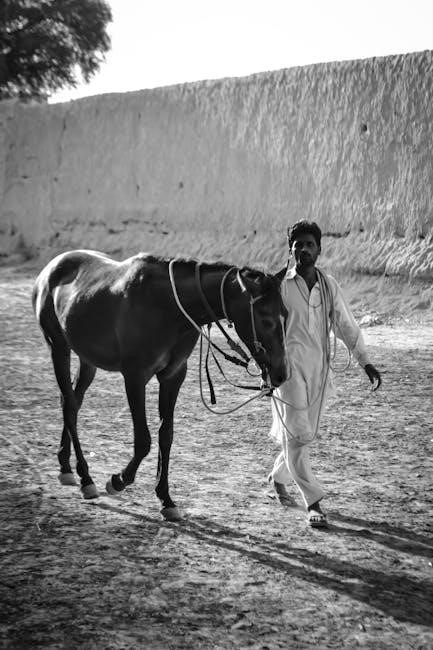
Animal Order and Companion Feat
Druids in Pathfinder 2e gain access to animal companions through the Animal Order, a class feat available at 1st level. This feat allows druids to choose an animal companion from a predefined list, such as a wolf or bear, which becomes a loyal ally. The companion gains the minion trait, enabling it to take two actions during the druid’s turn when commanded. This feature simplifies managing the companion, making it an integral and powerful extension of the druid’s abilities; The Animal Order and Companion Feat are foundational to a druid’s identity and gameplay.
Druid Companion Advancement
Druid companions in Pathfinder 2e advance alongside their druid, gaining improvements as the druid levels up. At specific levels, companions receive ability score boosts, increased health, and access to new feats, ensuring they remain effective allies. This progression is tied directly to the druid’s growth, making companions a seamless extension of the druid’s capabilities. The system is designed to be intuitive, allowing druids to focus on their role while their companion evolves naturally, maintaining balance and synergy throughout the adventure.
Unique Abilities and Synergies
Druid animal companions in Pathfinder 2e possess unique abilities that complement their druid’s powers. For instance, a badger companion might have burrow speed, while a cat could offer stealth expertise. These abilities synergize with druidic spells and class features, enhancing overall effectiveness. For example, a leopard’s speed can complement mobility spells, while a bear’s strength aligns with melee combat. This integration allows druids to leverage their companion’s traits creatively, making them invaluable allies in both combat and exploration, and ensuring they remain a cohesive part of the druid’s playstyle.
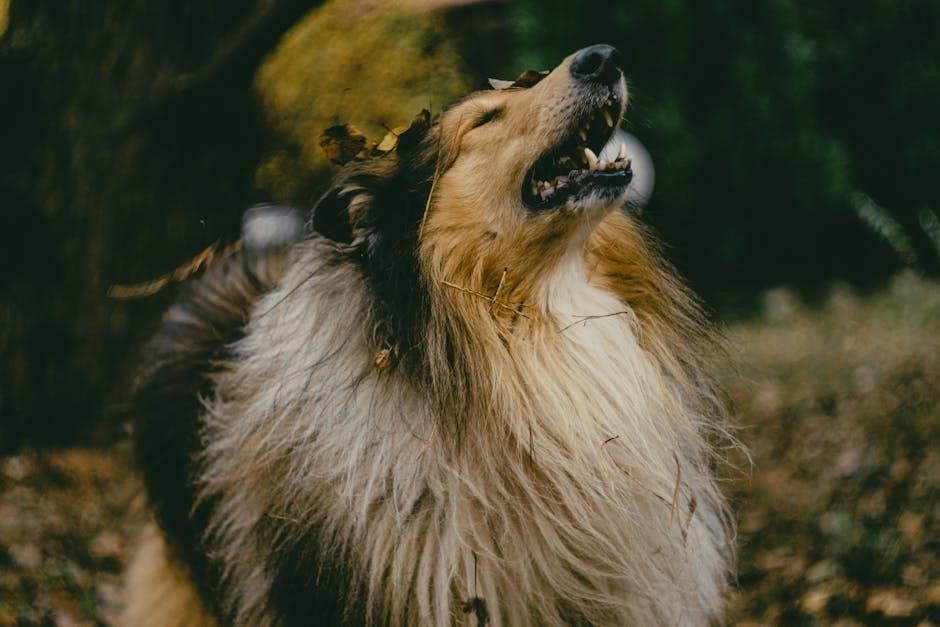
Ranger Animal Companions
Rangers gain animal companions through the Hunt Prey feature, allowing their companion to act without Command an Animal, enhancing tactical flexibility and synergy with their abilities.
Ranger Companion Feat and Access
Rangers gain access to animal companions through the Hunt Prey feature, allowing their companion to act without the Command an Animal action. This unique synergy enables the companion to move or strike during the Ranger’s turn, enhancing tactical flexibility. The companion gains the minion trait, receiving 2 actions when commanded, and scales with the Ranger’s level. This feature integrates seamlessly with the Ranger’s abilities, making the companion an extension of their combat and exploration prowess, while avoiding the need for complex commands or checks.
Ranger Companion Tactics
Rangers utilize their animal companions to outmaneuver foes, leveraging their mobility and instincts. The companion can act without needing a Command action, allowing for coordinated attacks and enhanced party effectiveness. In combat, companions excel at flanking, setting up ambushes, or harassing enemies to disrupt their positioning. Their abilities synergize with the Ranger’s precision and tactics, making them invaluable allies. Proper positioning and timing are key to maximizing their impact, ensuring they remain a versatile and potent asset in both combat and exploration scenarios.

Prey and Companion Synergy
Rangers can leverage their Prey designation to enhance their animal companion’s effectiveness. When a Ranger selects a Prey, their companion gains the benefits of the Hunt Target action, allowing it to focus on the same enemy. This synergy enables coordinated attacks, with the companion often targeting the Ranger’s Prey to maximize damage and control. The companion’s actions become more strategic, aligning with the Ranger’s tactics to disrupt and defeat enemies efficiently. This teamwork enhances the party’s overall combat effectiveness and versatility in challenging encounters.
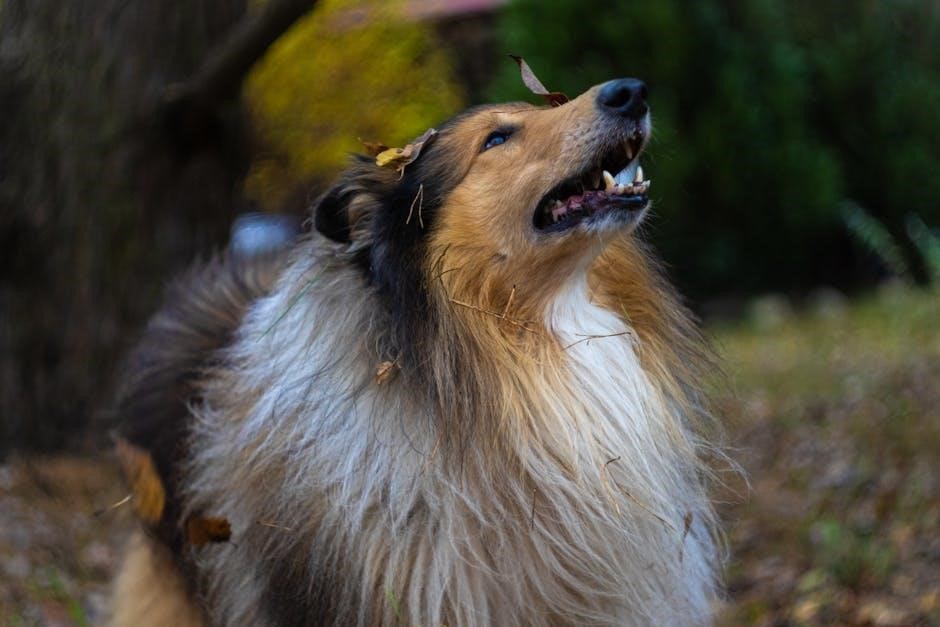
Champion Animal Companions
Champions gain access to unique divine companions, with the Steed Ally primarily serving as a mount. These companions can be customized with divine abilities, offering versatility beyond combat.
Champion’s Steed Ally
The Champion’s Steed Ally is primarily a mount, offering enhanced mobility and combat capabilities. Unique feats allow the companion to act independently, such as taking a Stride or Strike without using the Command an Animal action. While its combat potential is limited compared to other classes, divine customization options enable players to infuse their Steed Ally with holy or protective abilities, making it a versatile and thematic addition to a Champion’s arsenal. This feature emphasizes mounted combat and transportation over direct offensive roles.
Divine Companion Customization
Champions can customize their animal companions with divine abilities, enhancing their role in both combat and narrative. Through specific feats, companions gain access to holy or protective traits, aligning with the Champion’s deity or cause. This customization allows for unique synergies, such as granting the companion minor divine spells or aura effects. While primarily a mount, the Steed Ally can become a symbol of divine power, reflecting the Champion’s beliefs and enhancing their party contribution through thematic and mechanical versatility.
Mount vs. Combat Companion
In Pathfinder 2e, Champions’ animal companions are primarily mounts, like the Steed Ally, designed for transportation and limited combat utility. While they can provide some support, their capabilities are often overshadowed by their role as mounts. In contrast, combat companions, such as those used by druids and rangers, are fully integrated into battles, offering diverse tactics and synergies. This distinction highlights the Champion’s unique approach, focusing on mobility and thematic consistency rather than direct combat engagement for their companions.
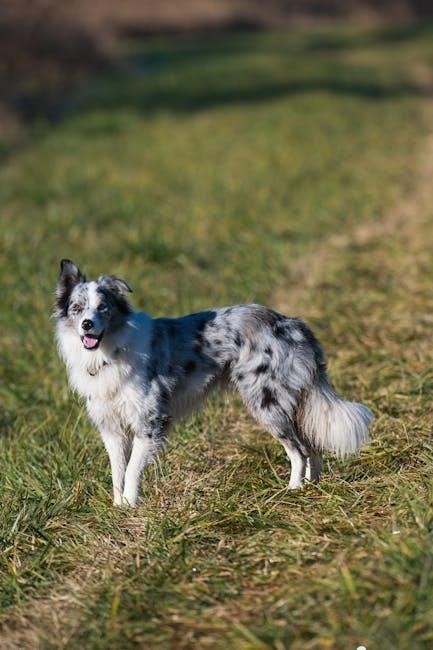
Animal Companion Basics
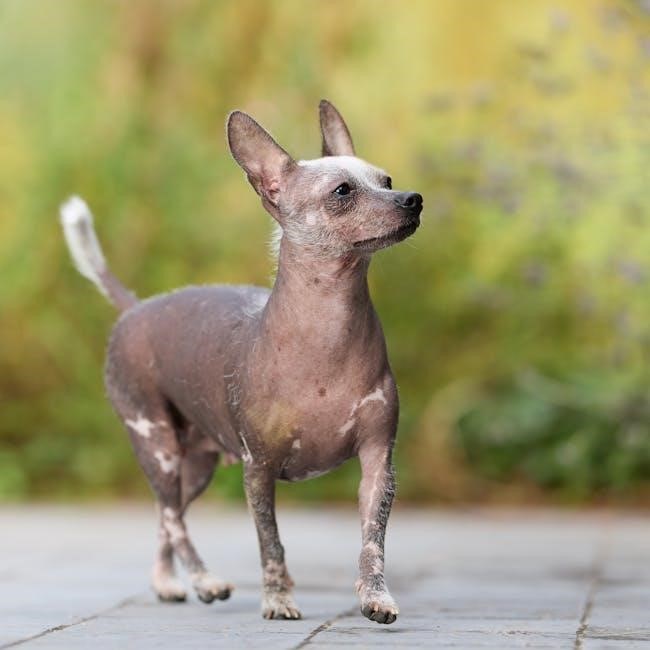
Animal companions are loyal minions with the animal trait, gaining 2 actions during your turn when commanded. They scale with your level, serving as extensions of your character.
Animal Companion Traits
Animal companions possess the animal and minion traits, allowing them to take 2 actions during your turn when commanded. They often have unique abilities like Pack Tactics or Keen Senses, enhancing their utility. These traits make them versatile allies, capable of serving as mounts, scouts, or combatants. Their abilities scale with your level, ensuring they remain effective throughout the game. Understanding these traits is key to optimizing their role in your party and leveraging their strengths in various situations.
Command an Animal Action
The Command an Animal action allows you to direct your companion, granting it 2 actions during your turn. This replaces the usual effects of the action and doesn’t require a Nature check. As a Nature skill action, it’s a key mechanic for controlling your companion, enabling it to act independently without consuming your actions. This system ensures your companion remains a cohesive part of your strategy, whether in combat or exploration, and is exclusive to animal companions with the minion trait.
Minion Trait and Actions
Animal companions possess the minion trait, enabling them to take 2 actions during your turn when commanded. This trait simplifies their mechanics, making them easier to control while maintaining tactical relevance. Minions can’t use reactions, and their actions are more straightforward, focusing on basic attacks, movement, or special abilities; This design ensures companions remain effective without overwhelming complexity, allowing players to integrate them seamlessly into party dynamics and combat strategies. The minion trait is central to how animal companions function in Pathfinder 2e, balancing simplicity with utility.
Animal Companion Feats
Animal companion feats enhance their abilities, offering class-specific and general options. Champions gain unique divine feats, while druids and rangers access specialized abilities. Use tools like the Pathfinder 2e Animal Companion Helper to optimize feat choices for your companion’s role and synergy with your build.
General Feats for Companions
General feats for animal companions in Pathfinder 2e are available to all classes that can have companions, such as druids, rangers, and champions. These feats enhance mobility, durability, and combat effectiveness. For example, feats like Stride or Strike allow companions to act independently without using the Command an Animal action. Tools like the Pathfinder 2e Animal Companion Helper assist in optimizing feat choices, ensuring your companion remains effective in various roles. These feats provide flexibility and customization, making your companion a versatile ally in both combat and exploration.
Class-Specific Feats
Class-specific feats in Pathfinder 2e allow animal companions to excel in roles tailored to their master’s class. Druids gain feats tied to their chosen animal order, enhancing abilities like Claws or Fangs. Rangers can select feats that synergize with their Prey mechanic, boosting damage or mobility. Champions, meanwhile, can unlock divine-themed feats, adding holy or protective abilities to their companion. These feats ensure that each class’s companion feels unique and aligned with their master’s playstyle, offering deep customization and strategic advantages in both combat and exploration.
Optimizing Feat Choices
Optimizing feat choices for your animal companion in Pathfinder 2e involves aligning their abilities with their role and your playstyle. Focus on feats that enhance their combat effectiveness, utility, or survivability. For mounts, consider feats that improve mobility or carrying capacity. Combat companions benefit from damage-boosting or defensive feats. Use tools like the Pathfinder 2e Animal Companion Helper to compare builds and ensure your choices synergize with your class and party needs, maximizing your companion’s impact in both exploration and combat scenarios.
Choosing the Right Animal
Selecting the right animal companion in Pathfinder 2e involves balancing combat effectiveness, utility, and thematic fit. Popular choices like wolves and big cats excel in combat, while oxen or bovines offer utility. Consider your party’s needs, your character’s role, and GM discretion for customization. Tools like the Pathfinder 2e Animal Companion Helper can aid in comparing options, ensuring your choice aligns with your playstyle and campaign demands.
Popular Animal Choices
Popular animal companions in Pathfinder 2e include wolves, big cats, and bears, chosen for their combat prowess and versatility. Wolves excel at tripping enemies, while big cats deal significant damage. Bears are sturdy and can dish out heavy attacks, making them ideal for front-line roles. Oxen and bovines are favored for their utility, providing carrying capacity and durability. Tools like the Pathfinder 2e Animal Companion Helper can assist in optimizing these choices, ensuring your companion aligns with your playstyle and campaign needs.
Niche and Unique Companions
Niche and unique animal companions offer distinct playstyles, such as the rhino for its toughness and crowd control or the badger for its tanking potential. Cats are agile and deadly, while scorpions and elephants provide unique abilities like grabbing. These companions often require creative builds but can shine in specific roles. For example, a rhino’s strength and resilience make it a formidable defender, while a scorpion’s grab ability can control enemies effectively. These choices allow players to stand out and tailor their companions to fit niche strategies in their campaigns.
GM Discretion and Customization
GMs play a crucial role in shaping unique animal companions, allowing players to choose creatures beyond standard options, such as rhinos or bovines, if they fit the campaign’s theme. Customization extends to abilities and appearances, letting players craft companions that align with their character’s backstory. While the rules provide a framework, GM discretion ensures balance, preventing overpowered builds. This flexibility fosters creativity, enabling players to tailor companions to their playstyle while maintaining game harmony. GMs can also introduce unique traits or challenges, enriching the companion’s role in the story.
Animal Companion Roles in the Party
Animal companions serve versatile roles, from mounts and skirmishers to utility providers, enhancing party dynamics through their unique abilities and synergies with their owners in various scenarios.
Combat Roles
Animal companions excel in combat as front-line fighters, mounts, or skirmishers, using abilities like tripping and grabbing to control enemies. Champions’ companions often serve as mounts, while druids and rangers leverage their companions for direct damage or battlefield manipulation. The Command an Animal action allows companions to act independently, performing two actions per turn. This versatility makes them invaluable in combat, providing strategic advantages and synergizing with party members to enhance overall effectiveness in various battle scenarios.
Utility and Support Roles
Animal companions in Pathfinder 2e are versatile beyond combat, excelling in utility and support roles. They can scout, track, and explore, using their skills to navigate challenging environments. Some companions provide unique support, such as carrying gear or aiding in survival situations. Their abilities complement the party’s needs, making them invaluable for tasks beyond fighting. This adaptability enhances their role as loyal and essential allies in various adventures and challenges.
Scouting and Exploration
Animal companions excel in scouting and exploration, utilizing their keen senses to detect dangers, track targets, and navigate challenging terrains. Companions like wolves or birds can move ahead to gather information, helping the party avoid ambushes or discover hidden paths. Their ability to traverse difficult environments and spot hidden threats makes them invaluable for exploring uncharted territories, ensuring the party remains prepared and informed during their adventures.
Animal Companion Combat Tactics
Animal companions shine in combat through strategic actions like tripping, grabbing, and flanking, while their synergy with party members enhances overall battlefield effectiveness and tactical versatility.
Effective Use in Combat
Animal companions excel in combat by controlling the battlefield through tripping, grabbing, or flanking, creating openings for allies. Their actions, like wolves tripping foes or bears grabbing enemies, enhance party synergy. While they can deal damage, their primary role is to support and disrupt, rather than act as main attackers. Using their unique abilities strategically ensures they remain effective without becoming overly reliant on dealing damage, making them invaluable tactical assets in any adventuring party.
Tripping and Grabbing Companions
Tripping and grabbing companions, like wolves and bears, excel at controlling enemies. Wolves can knock foes prone, while bears immobilize them with grabs. These abilities create openings for allies to attack or reposition, enhancing party synergy. Tripping companions, such as triceratops, can also disrupt enemy formations, making them easier to manage. Grabbing companions, like elephants, can isolate threats, preventing enemies from acting. These tactics allow companions to shine in combat without relying solely on damage, making them invaluable for battlefield control and strategic advantage.
Synergy with Party Members
Animal companions excel at creating opportunities for their party members. A wolf tripping an enemy sets up a rogue for a sneak attack, while a bear grabbing a foe allows a spellcaster to focus on their magic. Scouts like birds provide reconnaissance, enabling the party to prepare for combat. Companions can also draw enemy attention, protecting squishier allies. Their actions create openings for flanking, allowing melee characters to deal increased damage. This synergy makes animal companions invaluable team players, enhancing overall party effectiveness in both combat and exploration.

Animal Companion Scaling and Advancement
Animal companions in Pathfinder 2e scale with their owner’s level, gaining improved stats and abilities as the character progresses. Their advancements are tied to level, ensuring they remain effective without requiring excessive feat investments. Ability score improvements and access to equipment further enhance their capabilities, making them viable allies throughout the campaign.
Level-Based Scaling
Animal companions in Pathfinder 2e scale automatically with their owner’s level, ensuring they remain effective throughout the campaign. Their abilities, such as AC, attack bonuses, and damage, improve progressively. This system allows companions to stay relevant without requiring extensive feat investments. As the character levels up, the companion’s stats increase, enhancing their survivability and combat effectiveness. This level-based scaling ensures that animal companions grow in power alongside their owners, maintaining their utility and role in the party, whether as mounts or combatants.
Ability Score Improvements
Animal companions in Pathfinder 2e receive ability score improvements at specific levels, enhancing their effectiveness. At levels 7 and 15, their ability scores increase, allowing for greater versatility. These boosts can be allocated to key abilities like Strength, Dexterity, or Wisdom, improving combat prowess or utility. This system ensures companions remain viable in higher-level play, with their abilities scaling naturally alongside their owner’s progression. Strategic allocation of these improvements can tailor a companion’s role, whether focusing on melee combat, agility, or special abilities.
Equipment and Mounts
Animal companions in Pathfinder 2e can be equipped with gear to enhance their effectiveness. Saddles, barding, and other equipment improve their survivability and utility. Mounts, particularly for champions, provide mobility and tactical advantages in combat. Equipment can be enchanted or customized to suit specific roles, such as increasing armor or enhancing movement. Mounts also grant their riders access to mounted combat maneuvers, making them invaluable in both exploration and battle. Properly equipping your companion ensures they remain a reliable and powerful ally throughout your adventures.

Animal Companion Tools and Resources
Pathfinder 2e offers tools like the Animal Companion Helper for stat calculations and online guides for optimizing builds. Resources include rulebooks, bestiaries, and community guides to enhance your companion’s effectiveness in the game.
Pathfinder 2e Animal Companion Helper
The Pathfinder 2e Animal Companion Helper is an essential tool for players, simplifying the process of calculating companion stats, abilities, and advancements. It allows for easy comparison of different builds, ensuring optimal choices for your character. This resource is particularly useful for managing complex rules and scaling, making it easier to track your companion’s growth. Whether you’re a new player or an experienced strategist, this helper streamlines companion management, saving time and enhancing your gameplay experience. It’s a must-have for anyone looking to maximize their companion’s potential in Pathfinder 2e.
Online Calculators and Guides
Online calculators and guides are invaluable for managing Pathfinder 2e animal companions. Tools like the Pathfinder 2e Animal Companion Helper simplify stat calculations, ability score improvements, and feat selections. Detailed guides provide step-by-step instructions for building and leveling companions, while videos and forums offer expert advice. These resources help players optimize their companions, explore niche builds, and stay updated on new content. Whether you’re a novice or an experienced player, these tools ensure your companion is always well-prepared for adventure.
Recommended Reading and Sources
For mastering Pathfinder 2e animal companions, essential reading includes the Core Rulebook, Bestiary, and Gamemastery Guide. The Advanced Player’s Guide and Secrets of Magic also provide valuable insights. Online, the Pathfinder 2e Animal Companion Helper is a must-use tool for stat calculations. Community guides, such as Gortle’s Druid Guide, offer expert advice. Additionally, forums like those on Nethys and Paizo’s official website are treasure troves of tips and builds. These resources ensure you’re well-equipped to create and optimize your companion for any adventure.

Advanced Animal Companion Topics
Explore complex strategies like multiclassing, customizing companions for specific builds, and GM tips for managing unique or powerful companions in your campaign.
Multiclassing with Animal Companions
Multiclassing with animal companions in Pathfinder 2e can enhance versatility, but it requires careful planning. Since companions scale with your level, they remain effective even in multiclass builds. However, their strength often comes from the primary class’s feats and abilities. For example, a druid-ranger multiclass can leverage both the Animal Order and Hunt Prey features. Champions, while less focused on companions, can still benefit from divine synergies. Feat selection is crucial, as it determines your companion’s effectiveness. Balancing class abilities ensures your companion remains a valuable ally without overshadowing your primary role.
Customizing Companions for Specific Builds
Customizing animal companions in Pathfinder 2e allows players to tailor their allies to specific builds. Druids can choose animal orders, granting unique abilities like the wolf’s trip or bear’s grab. Rangers can enhance their companion’s combat prowess with class feats. Champions can infuse divine elements, making their companion fit their build. Selecting the right animal, such as a wolf for tripping or a bear for damage, ensures synergy with your playstyle. This customization enables players to craft companions that complement their character’s strengths and adapt to the adventure’s demands.
GM Tips for Managing Companions
GMs can enhance the game by allowing players to customize companions while maintaining balance. Use tools like the Pathfinder 2e Animal Companion Helper to streamline stat calculations. Encourage narrative integration, making companions feel like part of the story. Be flexible with unique animal choices, ensuring they fit the campaign’s tone. Balance combat by adjusting enemy difficulty based on companion strength. Provide opportunities for companions to shine in utility roles, like scouting or problem-solving. This approach fosters engagement and creates a more immersive experience for players and their loyal allies.